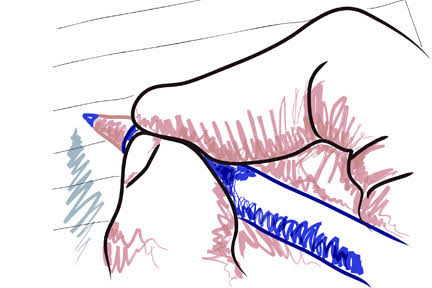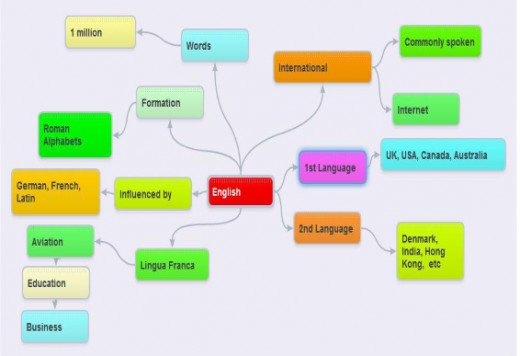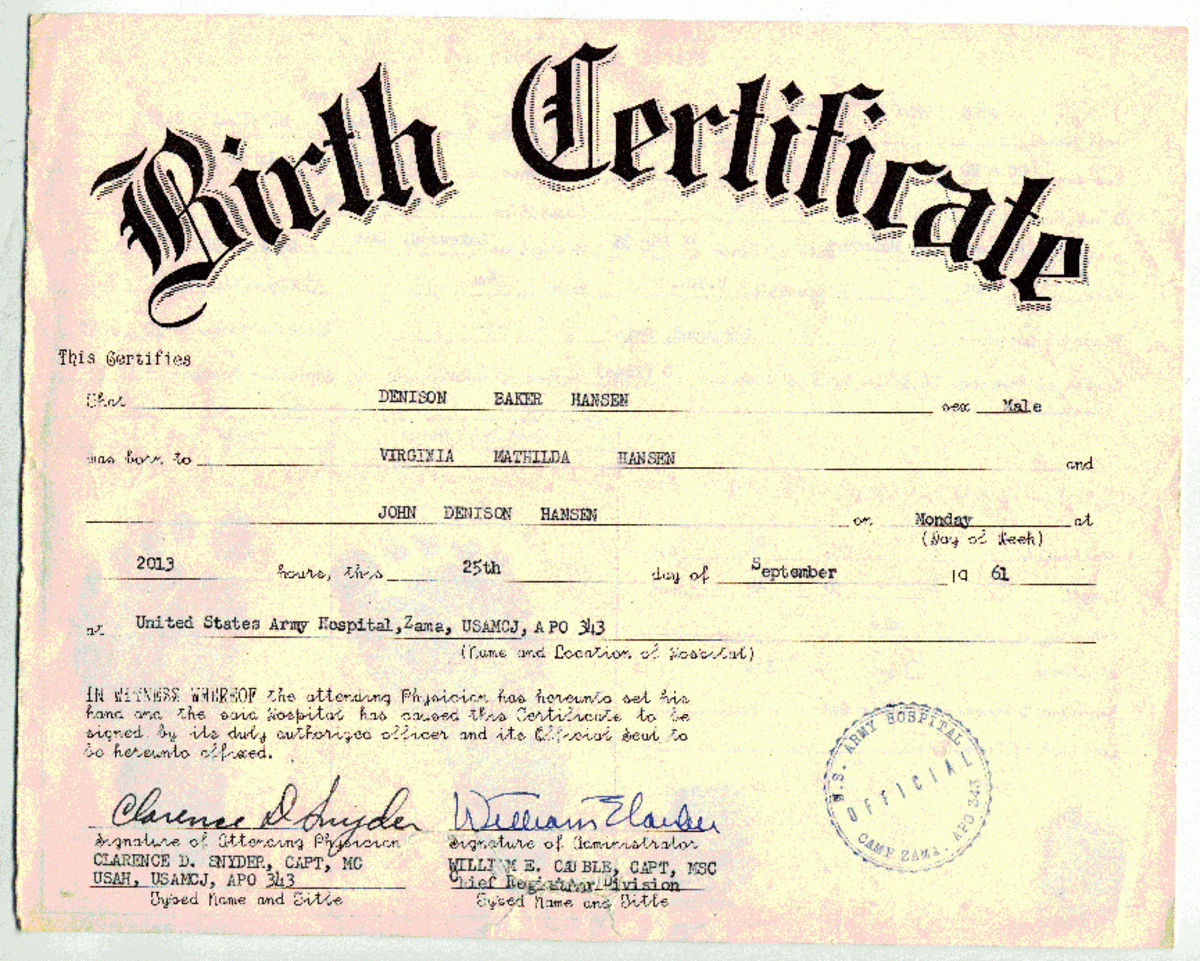Learning Process: How To Take Notes?

Note-Taking
Note-taking plays an important role in effective learning. When you read, you grasp some information.
When you take notes of all the important points, you not only reinforce what you have read but also have material in the form of your notes to refer to at a later date.
When you take notes, you are involved in two activities – reading or listening and writing – enabling you to remember more than what you could have if you had not taken notes.
At that time, you necessarily don’t have to read the whole text.Your exhaustive notes will help you remember the concepts and ideas. However, the method of note-taking differs from person to person. Here are some suggestions for note-taking.
1. NOTE-TAKING ON LECTURE

Taking notes during a lecture is quite a daunting task. You have to understand what the lecturer is speaking about and also to take notes simultaneously. Some lecturers speak slowly while some are fast.
Many write points on the white board or make PowerPoint presentation. You need to tune in to different styles of lecturers and listen carefully to what is being said and note down the relevant portions in points.
When you are attending a lecture, take notes by using abbreviations, numbers, symbols etc. There cannot be authentic abbreviations for all the words spoken, but you can make your own abbreviations. But make sure you understand what these abbreviations you made stand for.
It may seem difficult initially, but with practice you will be able to take down notes for the entire lecture without missing any important point.At the end of the day – or at the earliest possible, preferably within 24 hours – sit down and convert these abbreviated notes into detailed and proper notes.
This is necessary to do so at the earliest because with time gap you will not be able to remember everything and consequently will not be able to expand the abbreviated notes.After you have made detailed notes, you may write the whole lecture in a summary form, using your detailed notes. This is likely to further reinforce your learning.
Remember, time is of essence. You must do this exercise of converting abbreviated notes to detailed notes at the earliest, failing which you are likely to miss out on important information. This is my most trusted method which has never failed me, and so it shouldn’t fail you too!
2. MAKING OUTLINE
Outlining is the method of arranging ideas in an orderly manner in the order of importance. Outlining can be a very efficient method when your source of information is a carefully organized document such as a textbook.However, it is useful even if your source is not organized because outlining can give you an opportunity to re-organize the disjointed information.
Thus this exercise will help you immensely. Outline can be made by using headings and sub-headings of a particular text. To distinguish one idea from another, use Roman numerals (I, II, III etc.) or numbers (1, 2, 3 etc.). You may also use bullet points for sub-headings or parts thereof.
However, it is essential to maintain consistency in using the numbering system throughout failing which it will be difficult to understand later as to which the main part is and which is the sub-part.After every point, leave some space for including any additional information you may come across later. It means that you can go back and fill in more information if a lecturer returns to the same subject, or you happen to come across another book or material on the same subject.
A carefully planned and prepared outline can be a good source for revising or making a summary of the text. It works particularly well when ‘orderly’ learning is your top priority.
Here is an example:
Text
Marketing is a human activity to satisfy needs and wants, through an exchange process. A demand is a want for which the consumer is prepared to pay a price. A want is anything or service the consumer desires or seeks. Wants become demands when backed by purchasing power. A need is anything the consumer feels to keep himself alive and healthy. A transaction consists of a value between two parts. The aim of marketing is to make sales in order to earn reasonable profit for the producer.Marketing is the creation and the delivery of a standard of living; it is finding out what customers want, then planning and developing a product or service that will satisfy those wants; and then determining the best way to price, promote and distribute that product or service. The purpose of business is to create a customer by which stress is laid on two aspects: (a) identification of consumer needs, and (b) organizing the business to meet these needs. The modern concept focuses on the consumers and their satisfaction. The approach of modern marketing is consumer-oriented instead of solely product-oriented.
Text With Outline
MARKETING
Marketing is:
I. Marketing is:
- a human activity to satisfy wants;
- works through an exchange process.
II. Aim of marketing:
- finding out customer needs;
- developing a product or service to fulfill these needs.
III. Approach of modern marketing:
- mainly consumer-oriented;
- to deliver a standard of living.
3. CREATING CHART
Creating a chart is another technique of note-taking, and it helps you keep your information organized. It requires that you draw separate columns for each element, and label them. Notes of information obtained from the text or lecture can be entered in these columns. By splitting your notes into labeled columns, you can cut down on repetition and make the entire process more efficient and productive.
It is easy to understand the relationship between the pieces of information and understand the data presented to you. By reducing the amount of necessary writing, creating a chart makes it easier to keep up with fast-paced lectures, presentations and videos. A chart is one of the best sources for memorizing key facts.
However, all types of information cannot be put in the form of a chart. Sometimes you find information that doesn’t really fit in any particular box since you cannot make too many boxes – which will not be practical.
A well-created chart will give a systematic and orderly overview of the material that will make it easier to study, memorize and retain information for a long period.
For example, if you are attending a lecture on marketing, and the lecturer is trying to differentiate between marketing and selling – which are often considered to be synonymous but actually have different concepts – you can note the information in the following chart (or it could be from a text also).
Selling
| Marketing
|
|---|---|
1. Emphasises product.
| 1. Emphasises on consumer’s wants.
|
2. Sales are the primary motive.
| 2. Satisfaction of the customer is primary.
|
3. First production, then selling takes place at a profit without knowing customer’s needs.
| 3. First customer’s need is known and then production takes place; then the product is sold at a profit.
|
4. Internal company orientation.
| 4. External market orientation.
|
5. Company’s need is the motive.
| 5. Buyer’s need is the motive.
|
6. Cost determines price.
| 6. Consumer determines price; price determines cost.
|
7. Selling views the customer as the last link in the business.
| 7. Marketing views the customer as the very purpose of the business.
|
8. It is an activity that converts the goods into cash.
| 8. It is a function that converts the consumer needs into products.
|
4. MIND MAPPING
mind map is a way to visually organize notes and ideas. It is created around a single text placed in the center, and associated ideas and concepts are added. Here is how you can create a mind map:
- Start in the center, with an image of the topic, using colors.
- Use images, symbols, codes, dimensions throughout your Mind Map.
- Select key words and print using upper or lower case letters.
- Each word or image must be alone and sitting on its own line.
- The lines must be connected, starting from the central image. The central lines are thicker and flowing, becoming thinner as they radiate out from the center.
Example:
Importance of English Language









